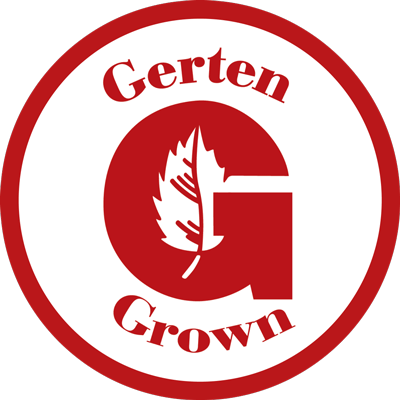Malus, Flowering Crabapple 'Red Jewel™'



Out of stock
- Sun Preference
- Full-Sun
Description
A popular ornamental featuring white flowers in spring and persistent bright red fruit in fall, very compact, upright habit of growth; begs to be given a prominent placement in the front yard or garden border, needs well-drained soil and full sun
Minnesota's Largest Selection of Trees
At Minnesota's Destination Garden Center, we offer a diverse range of trees to suit any landscaping need. Whether you're looking for shade trees to cool your home or ornamental trees to add beauty and interest, you'll find the perfect tree at Gertens. Our knowledgeable staff can help you select the right tree for your space and provide tips for care and maintenance. Visit Gertens today and explore the unmatched variety of trees to enhance your outdoor environment!
Details
Height: 15 feet
Spread: 12 feet
Sunlight: ![]()
Hardiness Zone: 4a
Other Names: Roseybloom, Crabapple
Description:
A popular ornamental featuring white flowers in spring and persistent bright red fruit in fall, very compact, upright habit of growth; begs to be given a prominent placement in the front yard or garden border, needs well-drained soil and full sun
Ornamental Features:
Red Jewel Flowering Crab is blanketed in stunning clusters of fragrant white flowers along the branches in mid spring, which emerge from distinctive shell pink flower buds before the leaves. It has dark green foliage throughout the season. The pointy leaves turn yellow in fall. The fruits are showy cherry red pomes carried in abundance from early fall right through to late winter. The rough brown bark is not particularly outstanding.
Landscape Attributes:
Red Jewel Flowering Crab is a deciduous tree with a distinctive and refined pyramidal form. Its average texture blends into the landscape, but can be balanced by one or two finer or coarser trees or shrubs for an effective composition.
This tree will require occasional maintenance and upkeep, and is best pruned in late winter once the threat of extreme cold has passed. It has no significant negative characteristics.
Red Jewel Flowering Crab is recommended for the following landscape applications;
- Accent
- Shade
- General Garden Use
Plant Characteristics:
Red Jewel Flowering Crab will grow to be about 15 feet tall at maturity, with a spread of 12 feet. It has a low canopy with a typical clearance of 3 feet from the ground, and is suitable for planting under power lines. It grows at a medium rate, and under ideal conditions can be expected to live for 50 years or more.
This tree should only be grown in full sunlight. It prefers to grow in average to moist conditions, and shouldn't be allowed to dry out. It is not particular as to soil type or pH. It is highly tolerant of urban pollution and will even thrive in inner city environments.
This particular variety is an interspecific hybrid.
| SKU | Container Size |
| T2845 | #10 Container (10 Gallon) |
* Not all container sizes may be available at this time. See store for details on specific container size availability.
More Information
| Tree Type | Shade & Ornamental |
|---|---|
| Sun Preference | Full-Sun |
| Mature Height (Range) | 10 - 15 feet |
| USDA Hardiness Zone | 4, 5, 6, 7 |
| Common Family Name | Crabapple |






